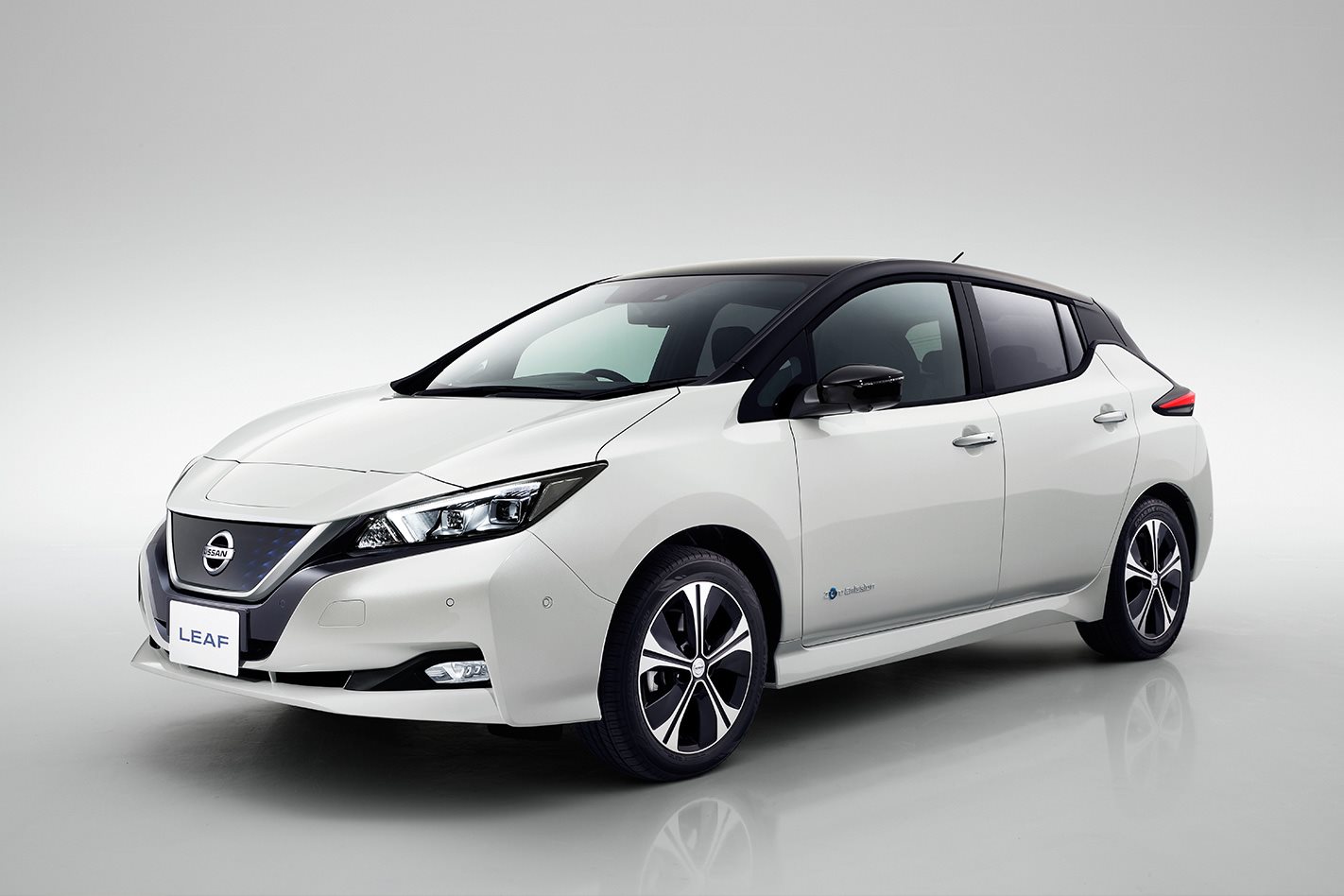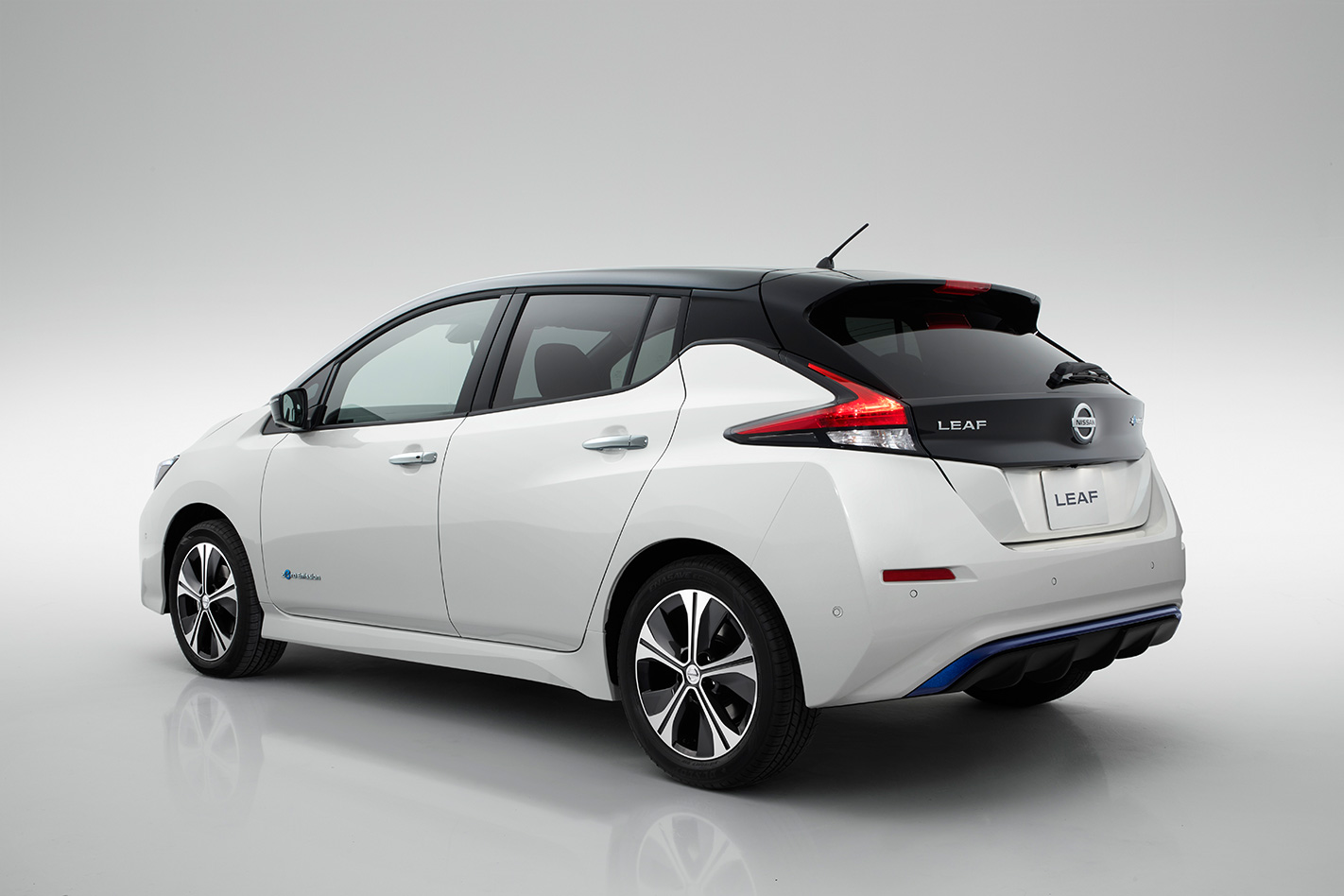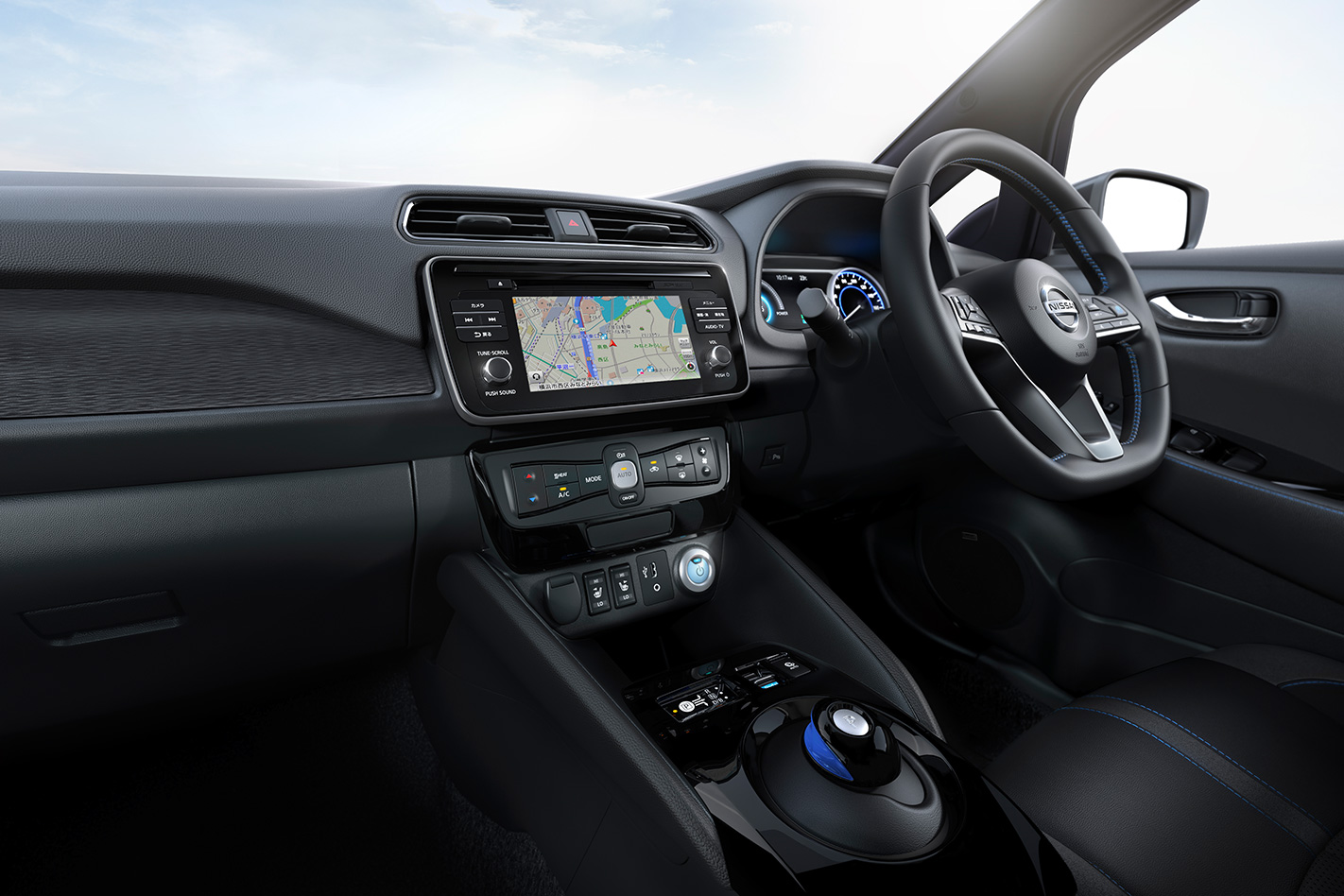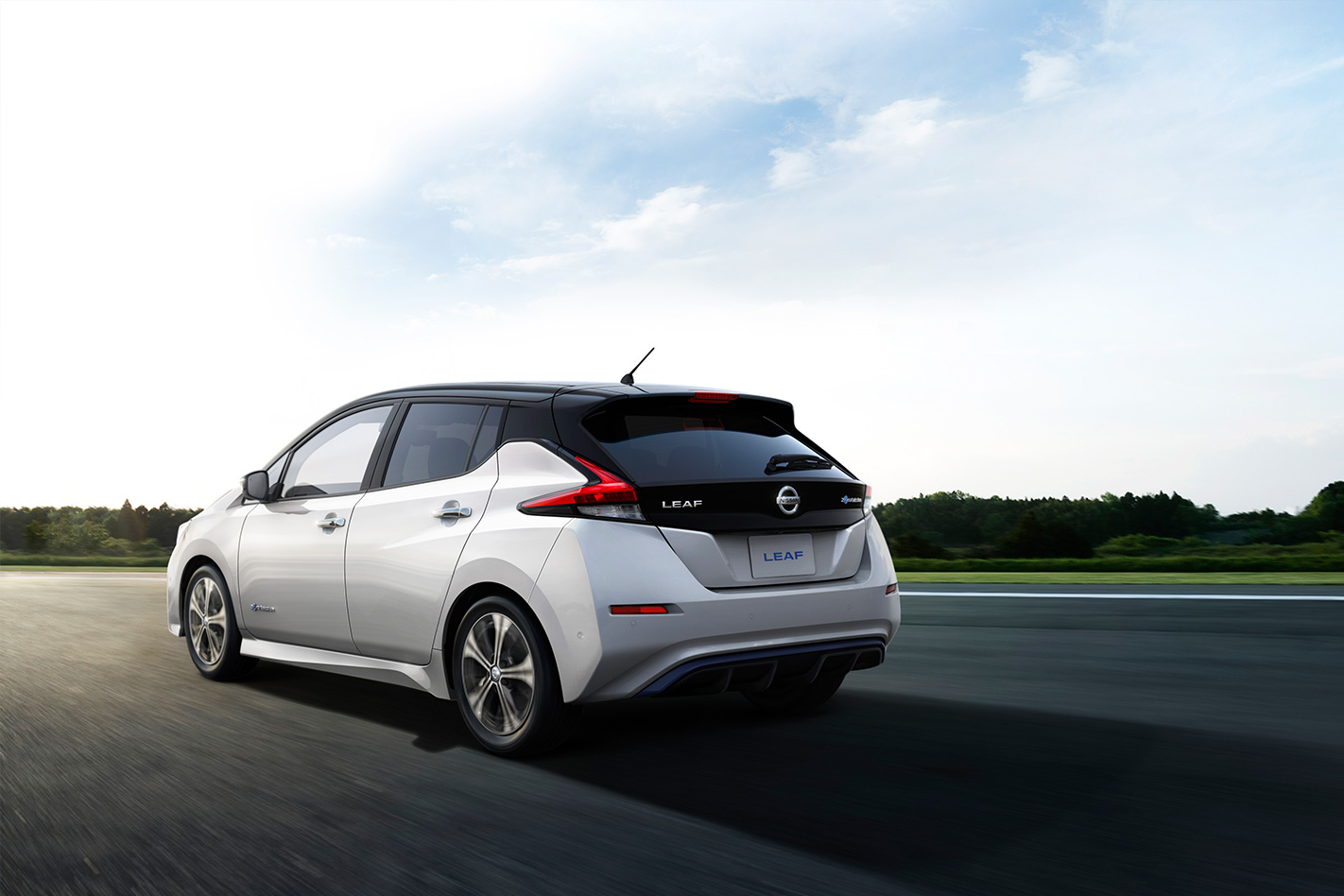
Nissan’s second-generation Leaf electric vehicle has made its global debut in Japan, showcasing a more conservative design both inside and out, extensive improvements in semi-autonomous driving aids, and a 60 percent boost in range.
The new Leaf boasts a 400km range from a single charge (per the Japanese test cycle, expect a 270km-odd real-world range), along with a power boost to 110kW and a torque increase to 320Nm.

Those output increases have been enabled by a new 40kWh battery pack, which takes up no more room in the car’s floorpan than the outgoing model’s 26kWh unit.
Improvements in the lithium-ion battery’s chemistry and construction mean Nissan can cram more energy into the same space than before, which should address concerns about not having enough range for everyday driving. Indeed, Nissan claims Japanese drivers should be able to achieve a full week’s worth of driving on a single charge.
Charging it up fully takes 16 hours on a 3kW charger and eight hours on a 6kW charger. If plugged into a specialised high-voltage fast charger, it’ll only take 40 minutes to get the Leaf’s battery back up to 80 percent.
Owners will also be able to power their homes with their Leaf – at least partially. By drawing on the remaining charge left in the car, the Leaf can send its stored power into the home’s wiring to power appliances – or simply act as a backup battery in case of power failure. Later in the evening, it can tap into cheaper off-peak electricity to charge itself back up again.

Inside, the Leaf sports a more conventional interior than before. The old car’s curious puck-shaped drive selector remains a fixture of the centre console, but the infotainment display is larger and more feature-rich, while the double-decker instrument panel of the old car is replaced by an electronic screen and analogue speedo in a single binnacle.
On the centre console sits the button for the new Leaf’s e-Pedal system, which allows the driver to toggle between normal and high-force brake regeneration – effectively allowing drivers to accelerate and brake by just using the accelerator pedal.
Meanwhile, new piloted-driving features mean drivers may have little need to touch the accelerator anyway. The 2018 Leaf will feature an advanced cruise control system that’s able to keep pace with traffic ahead – even down to a coming to a full stop – and steer itself to remain in the middle of its lane during peak-hour crawls.
At its destination, the Leaf will be able to drive itself into parallel or perpendicular parking spaces, without the driver needing to touch any controls.

As a small hatchback, the Leaf also boasts decent practicality credentials as well. With the rear seats up, boot space is a sizable 435 litres, with its deep under-floor storage included.
The new Leaf goes on sale on October 2 in Japan, with US deliveries commencing at the start of 2018. Australian customers will need to wait until late 2018 for a local arrival, with pricing still yet to be announced.



